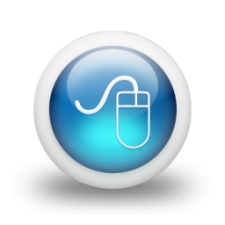Assignment Types
Reflective or Learning Journal
Note: If you are writing a reflective essay, please see our page on reflective essays.
Content
Read the assignment instructions and marking criteria carefully. Base your journal entries on these. Listed below are some general ideas that may also help you write your journal. Use these where they fit with your specific assignment instructions.
- What was the most interesting thing I have read for this topic?
- What did I previously think was true, but now know to be wrong?
- What have I changed my mind about as a result of this topic?
- What is one thing I learned in this topic that I may be able to use in the future?
- What am I still unsure about?
- What would I like to learn more about?
- What issues(s) interested me that I would like to study in more detail?
You may also be required to include a summary of the journal looking at what you have learned across the term as a whole. For example, did you notice that some weeks/topics were easier to learn? Did you combine or build on your understanding from earlier weeks?
Structure
Organise your learning journal with a section for each week. If you are required to submit the whole journal, use a heading for each week. If you need to include a summary of the journal, put this at the start or end of the assignment (check this with your teacher) and give it the heading ‘Summary’. If you have in-text references, then remember to include a reference list.
Style
When writing learning or reflective journals you need to write in both the first and the third person. Use first person (‘I’) to provide your own reflections about what you are learning or have learned, its personal impact on you, and how you would apply theories, concepts and skills being considered in the Unit. Use third person (people’s names, he/she/they and words like counsellors, an individual etc) when discussing the theories or research of authors you discuss in your journal. A learning or reflective journal might require you to provide examples of what you would say to a client or another person, and what they might also say. These are called verbatim examples.



